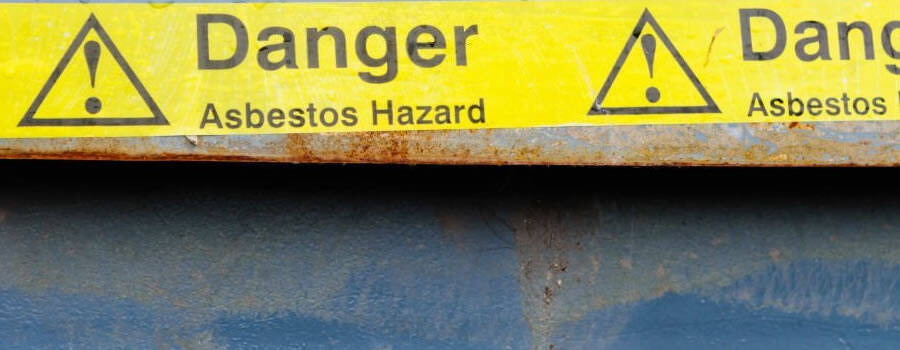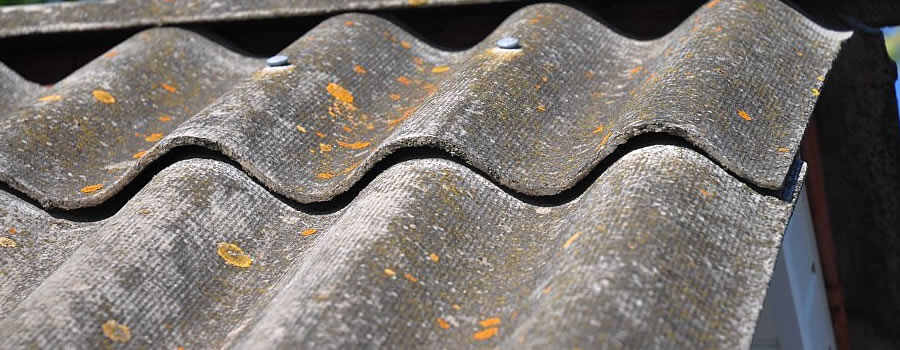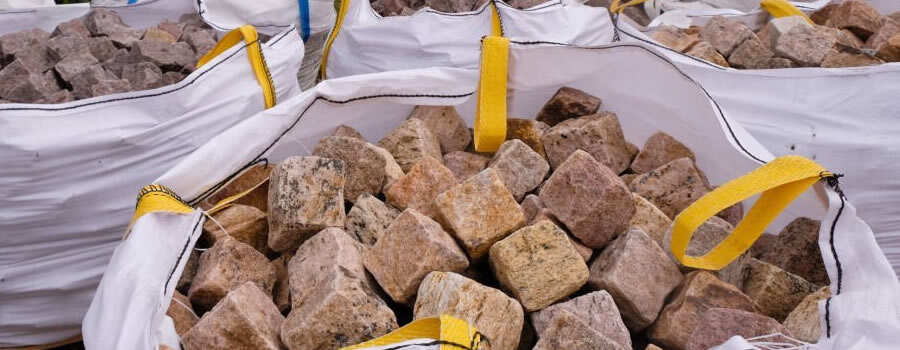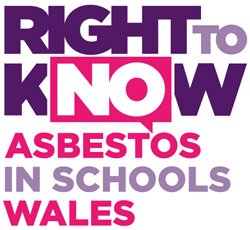DIY Asbestos Removal Warning
What To Know Before You Start Renovating

Do you know that asbestos is present in every 1 in 3 homes? It is estimated that 4,000 Australians die yearly from asbestos-related diseases. Asbestos is dangerous. So much so that it was banned in Australia. However, this was not until usage in more than 3,000 buildings. If your home was built or renovated before 1990, there is a high chance that it contains asbestos. As if things can’t get more complicated, you can’t tell if a material has asbestos by looking at them. Read on for what to do before you start renovating.
Can You Identify Asbestos?
It is impossible to smell or see asbestos. The reason is that it is 50 to 200 times thinner than a human hair. Its appearance depends on the material it mixes with or if it is painted over.
Naturally-occurring asbestos can be white, green, blue or white. Asbestos gives no smell and taste. Therefore, you can’t identify it by smell. However, if you are exposed, you may link the smell to the material it was in, like insulation, underground earthworks, soil or rock.
As mentioned earlier, homes built or renovated before 1990 have the highest chance of having asbestos-containing materials. They are present in bathrooms, flooring, kitchens, roofs, ceilings, walls, and outside structures.
Some materials contain labels like WARNING; CONTAINS ASBESTOS. However, not all of them do. Materials containing asbestos are low risk in good conditions. Undisturbed asbestos does not pose any health risk. However, if disturbed, the fibres become airborne, and you can breathe them in – breathing is the most popular way asbestos enters the body.

Asbestos Health Risk
Asbestos fibres are a serious health risk if inhaled. According to WHO, there is no safe level of asbestos exposure. Breathing in the fibres can cause life-threatening diseases in people that can take decades to develop. As a result, most conditions require management and can’t be cured.
Asbestos exposure can happen within any structure, whether in the workplace or home. When you disturb the particles during renovation, it causes the release of dust particles into the air, and you can inhale them. Generally, the more fibres you inhale, the higher the risk. As a result, you must still protect yourself from further exposure after initial exposure.
The general rule is to never cut, disturb, or drill into any materials you suspect contains asbestos. If it remains in a good condition, you can paint or cover it until it deteriorates over time so you can safely remove it later.
Asbestos exposure can cause asbestos-related conditions and disease conditions like:
- Asbestosis: It is a scarring or inflammation in the lungs caused by heavy, prolonged exposure to asbestos. Symptoms include permanent lung damage including coughing and shortness of breath.
- Lung cancer: asbestos exposure can cause the growth of cancerous tumours inside the lungs. They occur in the lining of the tubes leading to the lungs, smaller airways, and the middle of the lungs.
- Mesothelioma: this is a rare form of cancer that develops in the tissue lining body cavities, especially in the abdomen and chest. The average time between diagnosis and death is 11 months. It affects roughly 700-800 people per year. 90% of them had asbestos exposure.
- Asbestos-related pleural diseases: ARPDS are a range of conditions that affect the chest and lungs. The most popular symptoms include chest pain and shortness of breath.

What To Do Before Renovation
If you suspect you have asbestos in your home, do the following:
- Call a licensed assessor to identify asbestos-containing materials
- Don’t disturb or damage identified asbestos-containing materials
- Call a licensed removalist to remove and safely dispose of asbestos.
It is possible to remove asbestos from your home yourself. But how can you remove what you cannot identify? Therefore, we strongly recommend leaving the removal process to a licensed asbestos removalist. Don’t ever attempt to remove asbestos yourself without using protective gear and following strict safety precautions regarding disposal and decontamination.
What To Do If Exposed
It takes more than one asbestos exposure to become ill. In actuality, most individuals who experience health issues as a result of exposure have exposed so for a very long period. However, a single instance of a high amount of exposure is sufficient to result in sickness. There is no known safe level of asbestos exposure. If there has been an exposure, get in touch with your doctor very away.
Conclusion
Asbestos fibres are tiny and much finer than human hair. When you inhale them, they settle deep inside the lungs and could cause life-threatening asbestos-related diseases. Therefore, before you start renovating, think twice about asbestos. Think ahead and proceed only after speaking to a licensed asbestos assessor.
